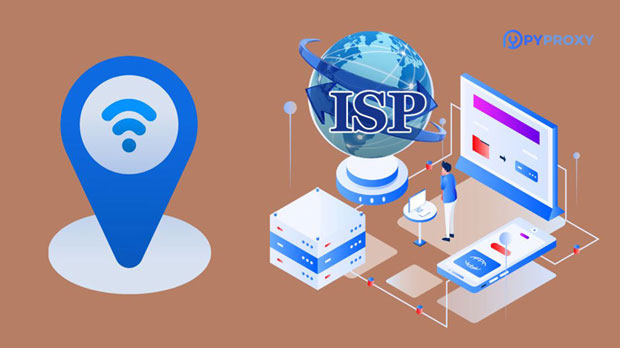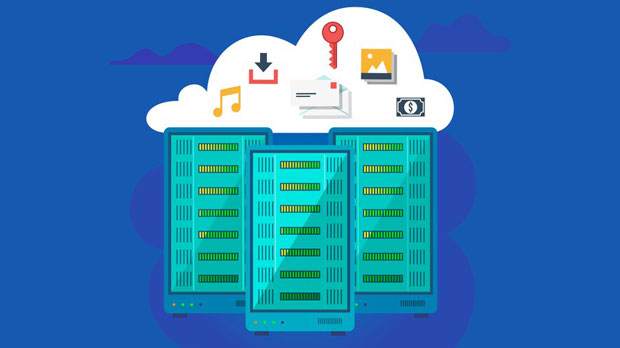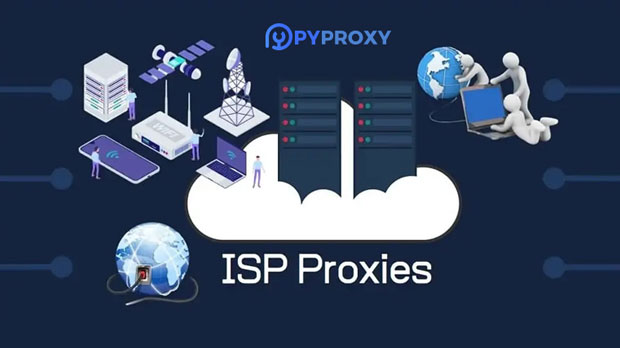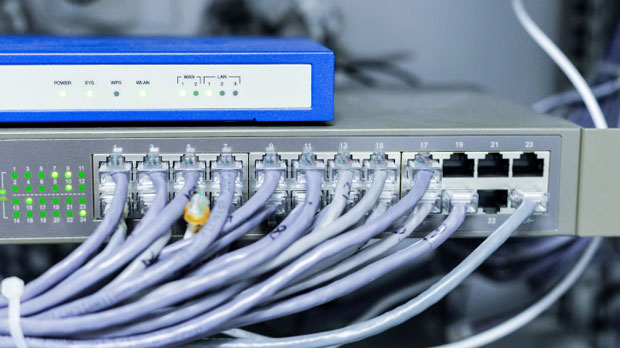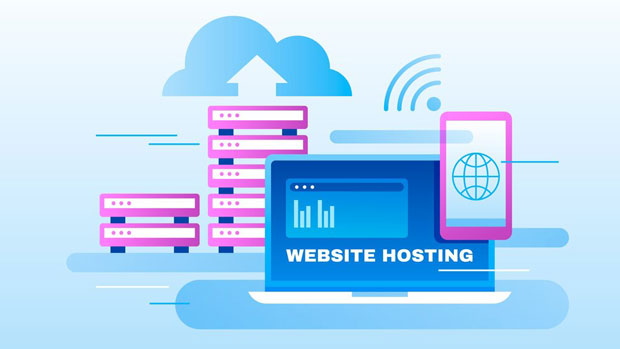When it comes to streaming video online, the choice of protocol can significantly affect your viewing experience. Among the most commonly used protocols are HTTP, HTTPS, and SOCKS5. Each of these protocols offers different features that can influence the speed, security, and overall quality of your video streaming. In this article, we will analyze these protocols in-depth to determine which one is best suited for watching videos, considering factors like security, speed, compatibility, and ease of use. Understanding the Basics: What Are HTTP, HTTPS, and SOCKS5?Before diving into the specifics of how each protocol impacts video streaming, it’s essential to understand what they are and how they function.HTTP (HyperText Transfer Protocol) is the foundation of data communication on the web. It’s a standard protocol used for transferring hypertext requests and information on the internet. However, it does not offer any encryption, meaning your data is transmitted in plain text, making it vulnerable to interception.HTTPS (HyperText Transfer Protocol Secure) is an extension of HTTP. It includes an encryption layer using SSL/TLS, making it much more secure. The primary benefit of HTTPS over HTTP is its ability to secure communications, especially when sensitive data (like login credentials or payment information) is involved.SOCKS5 is a protocol that routes network traffic through a proxy server, providing greater anonymity and flexibility than HTTP and HTTPS. Unlike HTTP and HTTPS, which are specifically designed for web traffic, SOCKS5 can handle any type of traffic, including video, peer-to-peer, or torrent data, making it more versatile.Speed and Latency: Which Protocol Offers Better Performance for Video Streaming?When watching videos online, the speed and latency of your connection play a crucial role in the quality of your viewing experience. Let’s break down the performance of each protocol in this context:1. HTTP: While HTTP is a common protocol for web browsing, it is not ideal for video streaming. HTTP connections can be slower due to the lack of encryption and more frequent re-transmissions of data, which might lead to buffering and lower video quality.2. HTTPS: HTTPS provides encryption, which adds a layer of security. However, this encryption can result in a slight decrease in speed compared to HTTP. For video streaming, this is generally not a significant issue, but users may notice a slight delay or buffering when using HTTPS compared to HTTP, especially with high-definition videos.3. SOCKS5: SOCKS5 is designed to route traffic through a proxy server, which can reduce latency and improve speeds for video streaming. Because it doesn’t need to handle encryption (like HTTPS) or rely on specific protocols (like HTTP), SOCKS5 can provide faster and more reliable connections, especially when it comes to streaming video.Conclusion on Speed and Latency: For the best streaming performance, SOCKS5 tends to be the superior choice. It offers greater flexibility and better handling of video traffic without the added overhead of encryption.Security: How Do These Protocols Protect Your Data During Video Streaming?The level of security offered by each protocol is another important consideration for users. Streaming video often involves personal data, and users should be mindful of privacy concerns.1. HTTP: Since HTTP transmits data without any encryption, it’s the least secure of the three protocols. Anyone intercepting the connection can easily read the data being transferred, which can be a significant concern for sensitive activities like online shopping or banking. However, for video streaming, HTTP’s lack of encryption may not be as critical if personal information is not being shared.2. HTTPS: HTTPS offers the most robust security among the three protocols. It encrypts the data during transmission, making it nearly impossible for hackers to intercept or alter the data. This added layer of security is particularly important for streaming platforms that require login credentials, payment information, or personal details.3. SOCKS5: While SOCKS5 itself does not encrypt data by default, it offers better privacy and anonymity by routing your traffic through a proxy server. This can help mask your IP address, offering an additional layer of privacy when streaming videos. However, since SOCKS5 doesn't encrypt the data, it’s not as secure as HTTPS.Conclusion on Security: For security-conscious users, HTTPS is the clear winner, especially when streaming platforms require personal data. If anonymity is a primary concern, SOCKS5 offers better privacy, but it still doesn’t provide the same level of encryption as HTTPS.Compatibility and Flexibility: Which Protocol Works Best with Video Streaming Platforms?The protocol you choose also needs to be compatible with the video platforms you use. Let’s examine each protocol's compatibility with different types of video streaming services.1. HTTP: HTTP is widely supported and compatible with almost all video streaming platforms. However, as most platforms are now moving towards HTTPS for enhanced security, some websites may restrict or block HTTP traffic.2. HTTPS: HTTPS is the most widely used protocol today, and almost all modern streaming services prefer it due to its security benefits. If you’re using a mainstream video streaming platform, you’ll almost certainly be using HTTPS, ensuring compatibility with the service.3. SOCKS5: SOCKS5 is more versatile and can be used with virtually any type of online traffic, including video streams. However, not all streaming services natively support SOCKS5. To use it, you would typically need to configure a proxy server, which can be a bit more complex than using HTTP or HTTPS.Conclusion on Compatibility: While HTTP and HTTPS are more universally compatible, SOCKS5’s versatility makes it an appealing choice for advanced users who want more control over their network traffic. However, for simplicity and ease of use, HTTPS is typically the best choice.Final Verdict: Which Protocol Is Best for Video Streaming?When choosing the right protocol for video streaming, the decision ultimately depends on your priorities—whether it's speed, security, or compatibility.- For the fastest performance with minimal latency, SOCKS5 is the best choice. It offers superior flexibility, low latency, and is perfect for users who need to bypass certain restrictions or enhance their anonymity.- For maximum security, HTTPS is the clear winner. It ensures encrypted communication, making it ideal for platforms where sensitive data is exchanged.- For compatibility and ease of use, HTTPS is the most widely supported protocol, making it the best option for most users who just want a seamless, secure streaming experience.In conclusion, while SOCKS5 may be ideal for certain use cases, HTTPS is likely the most balanced protocol for most people watching videos online, offering security, speed, and compatibility in one neat package.
Jul 03, 2025



























































